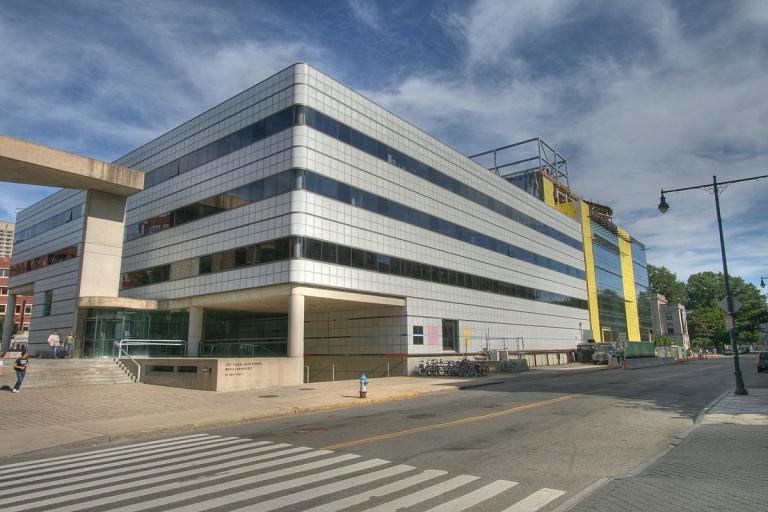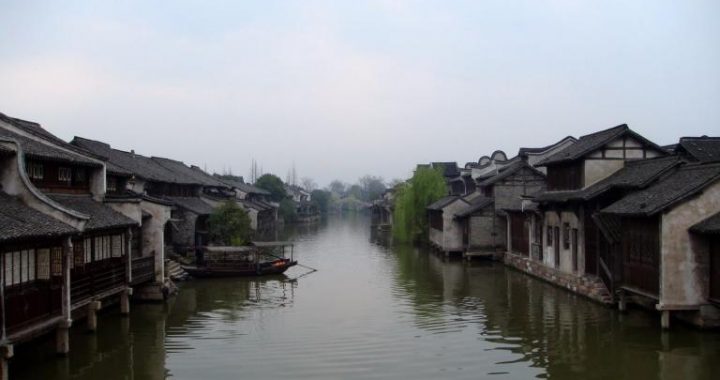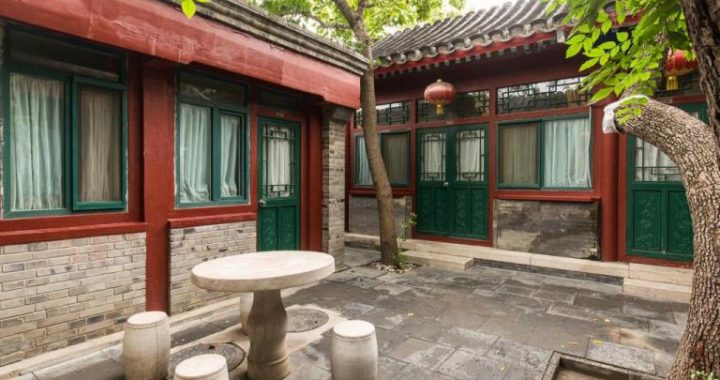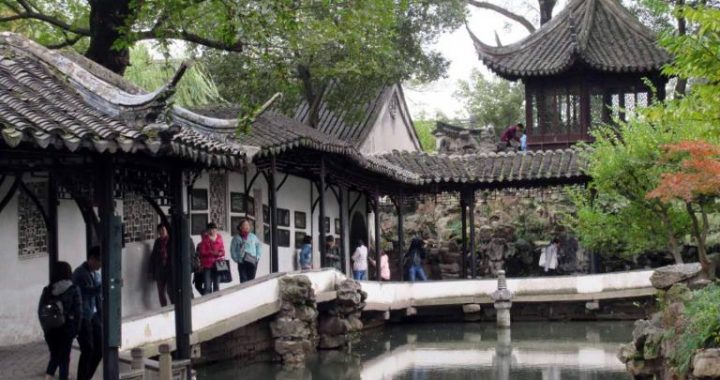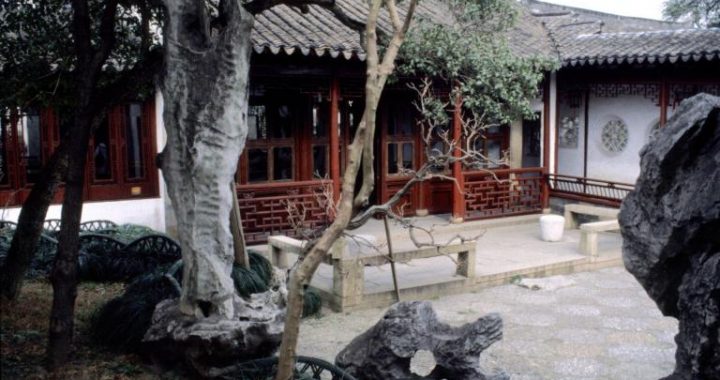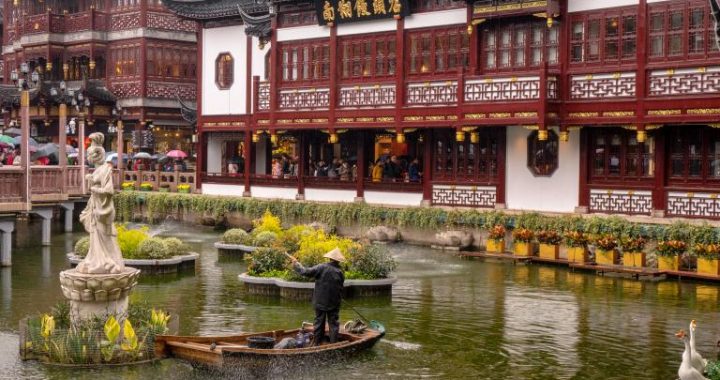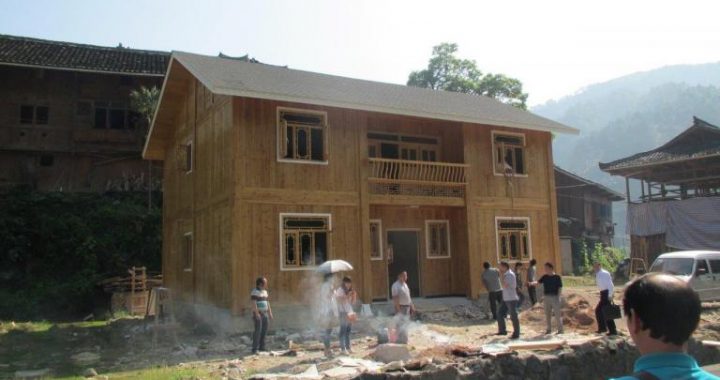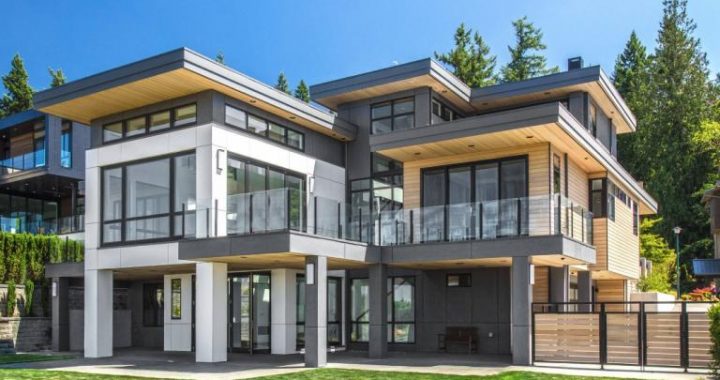Buildings from 1979 to 1989
5 min readDevelopment of Modern Architectural Trends
The course of development of China’s modern architectural trends can be basically divided into the following periods:
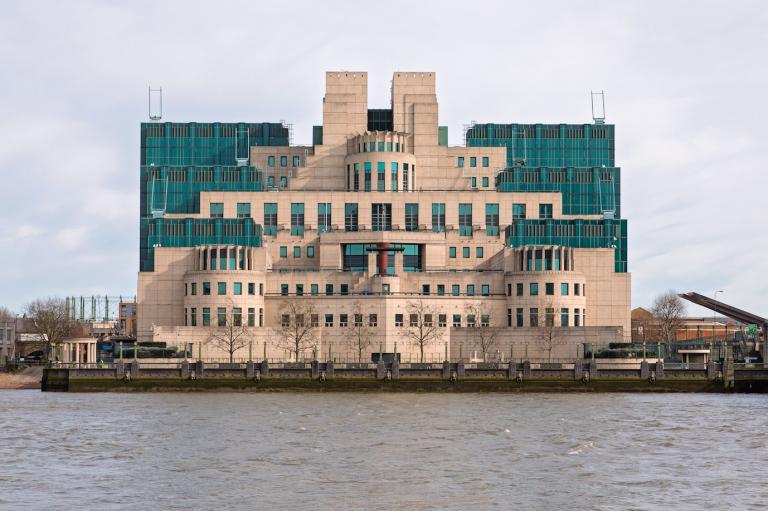
1979-1989: Drastic Change and Reflection
After the Third Plenary Session of the Eleventh CPC Central Committee in December 1978, along with political restructuring, economic restructuring and opening up brought order out of chaos in China’s field of architectural art. In August 1979, the national prospecting and design work conference put forward the slogan of “emancipate the mind for prosperity of architectural creation.”This is the first large-scale discussion in China’s architectural circles after the beginning of reform and opening up. The core of the discussion was the road of China’s architectural development and whether national characteristics should be preserved. In the early years of reform and opening up, discussions on creation of new architecture, especially the issue of “national forms,”triggered a series of debates. In the atmosphere of ideological emancipation, architects began to talk freely.
A number of works introducing and translations of excellent foreign architectural works, architectural masters’ famous books and architectural theories soon emerged, providing important avenues for China’s architectural circles to introduce theories, exchange views and expand thoughts. While Chinese architects were feeling the huge gap, they urgently wanted to change and catch up like never before.”Updating concepts”became the main issue that the architectural circles were concerned about.”Amazing foreign architects’ masterpieces and foreign architectural theories and thoughts faced Chinese architects and greatly impacted Chinese architects, existing architectural concepts, design methods as well as China’s architectural materials and architectural equipment industry.”
As the power of modern architectural thoughts became stronger and stronger, the power of traditional architectural thoughts was also revealed.
Such opposition in the architectural circles was ultimately manifested as contradiction between national forms and modern architecture. Some architects tried to establish “socialist contents and national forms”as the guiding principle for China’ architectural creation; some advocated abandoning old corrupt forms incompatible with modern functions and taking the road of modernist architecture; some architects called for taking the road of Chinese national and modern architecture and proceeding from excellent traditions to carry out innovation. Focusing on these opinions, architecturalcreations in this period were also mainly manifested as various attempts to embody nationality and modernity.
A lot of foreign architectural theories also entered China in this period. However, the large-scale introduction of foreign experience in this period was quite incomprehensive, and some architects only borrowed some fragments of foreign architectural theories and forms as theoretical support for design.
Meanwhile, while modernist architectural theories were accepted, architectural thoughts opposing and correcting them that appeared in Western society were also accepted, including “post-modernism”copied mechanically from theUnited States. Because post-modernist architecture emerged later than modernist architectural theories for the purpose of criticizing modernist architecture, many architects wrongly thought post-modernist architecture better embodied the spirit of the times. This also resulted in faltering development of China’s modern architecture. However, to some extent, post-modernist architectural theories also played an active promoting role, making Chinese architecture develop from pursuit of uniform models to the stage of diversified exploration.

China’s architectural thoughts were most active in the 1980s. Ideological fluctuations brought about many new thoughts. At end of the 1980s, deconstructionist theories, Charles Jencks'”late modernism”and some ecological architectural theories, place theories and architectural typology theories with new rules came to China successively. However, because China’s society, economy and culture had remained backward for long, never went through local industrial revolution and lacked science, technology and brand new ideological weapons, many foreign theories were not fully applied for inconformity with China’s national conditions then. In the collision and merger between Chinese and Western theory and art, Chinese architecture’s features could be hardly discerned.
While absorbing experience, Chinese architects kept innovating and formed their sound system of architectural theories. China’s modern architectural art included not only the vigor from “modern China”itself, but also other fields and traditions it could accept. Such “inclusion”was not complete imitation, complete Westernization or complete return to the ancients. Architects began to pay attention to architectural phenomena, forms, styles and their relationships with architectural thoughts, and carried out in-depth research. Asa result,a lot of excellent works emphasizing traditions, the sense of times as well as inspiration from other fields were created in the 1980s. For example, the Qufu Queli Hotel exploring national architectural forms, the Lhasa Hotel exploring the regional style, the China International Exhibition Center Hall 2-5 transplanting foreign architectural language, the Beijing Wangfu Hotel, the Beijing Olympic Sports Center, the Dunhuang Airport, etc. exploring combination between China’s traditional culture and modern spirit, the Wuyi Mountain Villa, the Beijing Kunlun Hotel, the Guangzhou Baiyun Hotel, the Hangzhou Huanglong Hotel, the Shenzhen International Trade Center, the Shanghai Cypress Hotel, etc. also revealed Chinese architects’ different orientation of architectural creation in the initial period of reform and opening Guangzhou’s Huanshi Road area viewed from a distance, the Baiyun Hotel being the building on the left The essence of architectural design is close combination of functions, technology and art. The influence of foreign architectural schools on Chinese architecture put an end to the isolation of Chinese traditional aesthetics, enriched China’s architectural theories, and meanwhile pushed forward the development of China’s architectural techniques, concepts and materials.
In the late 1950s and the early 1960s, under the influence of the internal modern architectural movement, the exploration of new structures and the upsurge of new technology, many modern works architectural art based on technological innovation emerged, various reinforced concrete thin shells, net braces and suspended cable structures began to be used, bringing about China’s innovation in architectural technology and technological revolution, and some highly modern buildings emerged, such as the Chongqing Mountain City Wide Screen Cinema (1960) adopting the cylindrical reinforced concrete thin shell structure and the Beijing Workers Gymnasium(1961) adopting the round two-layer suspended cable roof structure. However, apart from a few architectural types such as high-rise buildings, Chinese architectural creations in the early period of reform and opening up had low technological content and were relatively scarce due to lack of funds and limited architectural techniques. The main reason was that the state’s overall level of industrialization was low, while Chinese architects always paid more attention to culture (form) than technology.
After the 1980s, the tide of the third new technology revolution impacted China’s architectural circles again. Between 1983 and 1984, China’s architectural circles were confronted with a new upsurge of architectural technology, which forced architects to think about and prepare for the challenges brought by new technology. In this period, application of computers in design also began to be introduced. This solved many technical problems and brought about new development paths of architectural creation, especially for the development of high-rise buildings. Chinese architects clearly saw the gap in terms of architectural technology in foreign architects’ works in China, and realized that architectural technology was one of the forces propelling architectural progress. Meanwhile, structural technology, architectural equipment, new materials and energy conservation technology for buildings also gradually became focal points of attention from Chinese architects.
